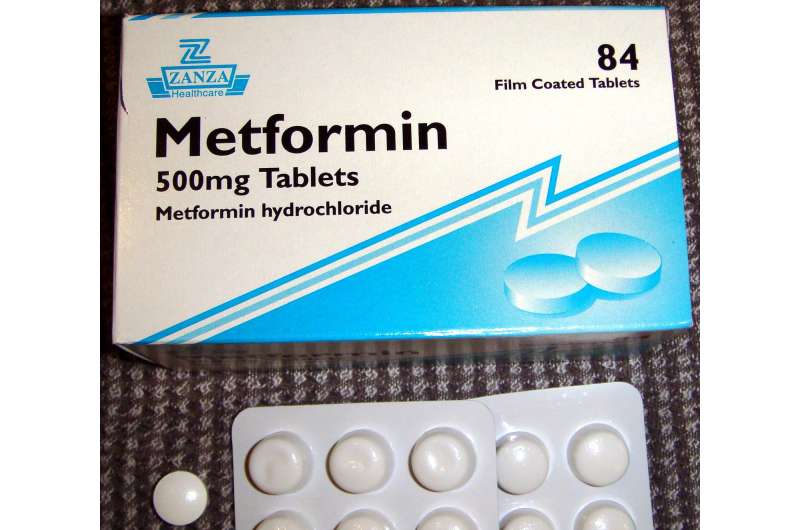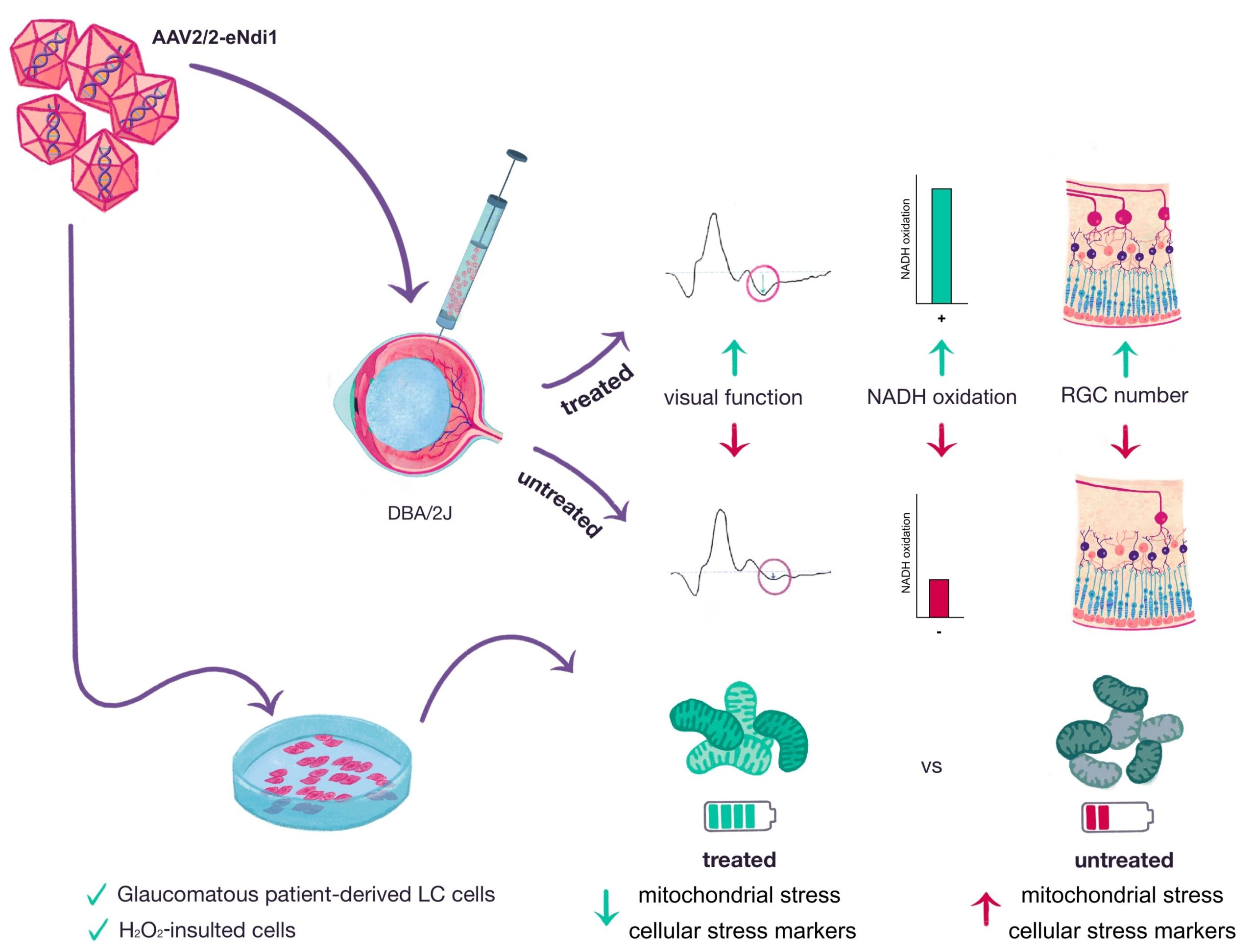
Age-related macular degeneration (AMD) is one of the leading causes of vision loss in adults over 50 in the United States. According to estimates from the National Eye Institute, approximately 11 million people in the U.S. are affected by some form of AMD, and that number is expected to double by 2050 due to the aging population.
While AMD doesn’t typically cause complete blindness, it severely impairs vision in the center of the eye, making everyday activities like reading and recognizing faces difficult. There are two main types: dry (atrophic) AMD and wet (neovascular) AMD. Dry AMD is more common, accounting for about 80–90% of cases.
It occurs when the macula, the part of the retina responsible for central vision, gradually thins with age, leading to the accumulation of deposits that cause slow, progressive vision loss. Wet AMD, though less common, is more severe and responsible for most cases of advanced vision loss. In wet AMD, abnormal blood vessels grow under the retina and leak blood or fluid, which can rapidly damage the macula.
There is no cure for dry AMD, though lifestyle modifications and supplements may help slow its development. Wet AMD can be treated with monthly injections into the eye to slow its progression, especially when it is diagnosed early. However, vision loss cannot be reversed once it has reached a certain point, so, researchers are still looking for more accessible and affordable treatments for all forms of AMD.
Since AMD is closely linked with aging, some researchers have turned their attention to metformin—a drug better known for treating type 2 diabetes—because of promising data on its overall anti-aging effects.
Some studies have found that diabetic patients taking metformin have a lower incidence of age-related diseases such as cardiovascular disease, cancer, and cognitive decline compared to non-diabetic individuals or diabetic patients not on metformin. These results have led researchers to hypothesize that metformin may confer benefits beyond diabetes management.
Dimitra Skondra, MD, Ph.D., Professor of Ophthalmology and Visual Science at the University of Chicago, is a retinal specialist and researcher who focuses on the development and progression of retinal diseases. She says metformin, because it is inexpensive and widely used, would be an ideal candidate for treating AMD if it did indeed help prevent vision loss.
“You need something noninvasive and safe that you can use in the early stages of disease. This is where metformin would fit perfectly because it’s already FDA approved, it’s been around for 30–40 years, and has a very good safety profile. There is a lot of evidence that it may be helpful in other parts of the aging process,” she said.
Over the past few years, Skondra has published a series of studies strongly suggesting metformin does have promise for treating AMD. In 2021, she and her colleagues analyzed a nationwide health insurance claims database for information on patients over age 55 with newly diagnosed AMD over a 10-year period, matched with controls who did not have AMD.
The results, published in JAMA Ophthalmology, showed that patients taking metformin had reduced odds of developing AMD.
Metformin is sometimes prescribed to people without diabetes, such as patients with pre-diabetes and polycystic ovary syndrome. A second study in JAMA Ophthalmology from 2023 by Skondra showed that metformin lowered the risk of wet and dry AMD for these individuals as well, and the protective effects seemed to be stronger than in people with diabetes.
Skondra’s team published a third study in Retina earlier this year, also showing that metformin is linked to reduced chances of developing new-onset wet AMD, especially for patients without diabetic retinopathy, a condition caused by chronically high blood sugar levels that damages blood vessels in the retina.
There is another form of advanced AMD called geographic atrophy (GA), which is an advanced form of dry AMD that causes the gradual death of retinal cells.
Skondra calls GA the “holy grail” in the AMD field because it can lead to vision loss just as severe as wet AMD, but current treatments require monthly injections, have limited efficacy, can cause serious adverse events, and are costly. Her team conducted another analysis of medical claim data, looking for patients with newly diagnosed GA.
This research, published in Investigative Ophthalmology & Visual Science (iOVS) this year, showed that metformin decreased the odds of GA by 47%.
Just how metformin protects against AMD is not clear, although given its overall effect against age-related diseases, it’s likely that it works in a variety of ways. Preclinical studies in animals have shown that metformin can improve health by influencing cellular processes associated with aging, such as reducing oxidative stress, improving mitochondrial function, and modulating inflammation.
“I think that’s why it’s our best chance to stop a very complex disease,” Skondra said. “It attacks the problem from multiple routes and gives us a better chance to actually slow it down.”
One particularly intriguing possibility is that metformin works by changing the gut microbiome. Skondra has done work on this front as well, publishing another paper in iOVS last year describing how metformin interacted with the gut microbiome of mouse models for AMD.
In that study, her team gave metformin to mice and then induced AMD lesions, or damaged spots on the retina with new vessel formation, a sign of wet AMD.
These mice showed reduced lesion size and decreased expression of genes associated with inflammation and with the formation of new vessels. The mice also had healthier overall gut microbiomes, with more bacteria from strains associated with good health and higher levels of healthy short-chain fatty acids like butyrate.
To show that these effects were truly mediated through the microbiome, Skondra’s team also treated germ-free (GF) mice (those bred without any gut microbes) with metformin; they also colonized more GF mice with microbiota from treated animals with a normal microbiome.
Metformin alone didn’t reduce the size of AMD lesions in the GF mice, but when transplanted along with microbes via fecal transplants, it had the same protective effects as in normal mice receiving the drug.
Skondra says all this data is more than enough proof to justify prospective trials in humans, where subjects over the age of 55—with and without diabetes—could be given metformin to see if it prevented AMD, especially advanced forms of GA and wet AMD associated with visual loss and blindness despite monthly injections.
Given the increasing number of people at risk, the potential for using such a well-known, safe treatment could have an enormous impact.
“These are people who are usually recently retired and finally getting a chance to enjoy life, but once they reach advanced stages of AMD, it devastates their quality of life,” she said.
“My colleagues in medicine have done a great job helping people live longer into their 80s or 90s, but unfortunately that means more people are going to get AMD. So, I think this is very exciting, and we can make a big difference.”
Citation:
Common diabetes drug shows promise for treating macular degeneration (2024, October 1)
retrieved 5 October 2024
from https://medicalxpress.com/news/2024-10-common-diabetes-drug-macular-degeneration.html
This document is subject to copyright. Apart from any fair dealing for the purpose of private study or research, no
part may be reproduced without the written permission. The content is provided for information purposes only.



